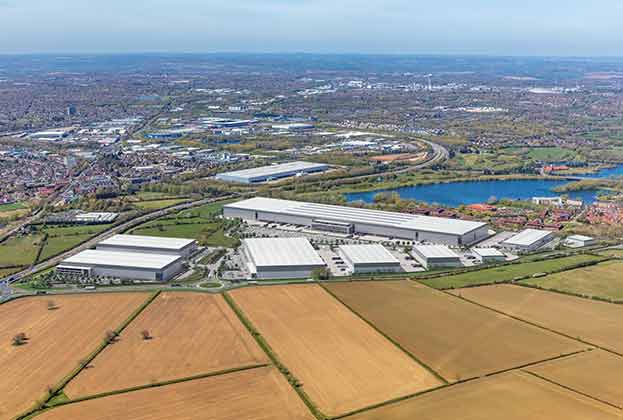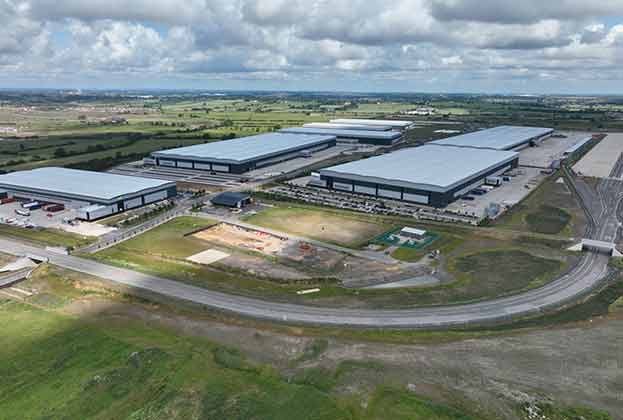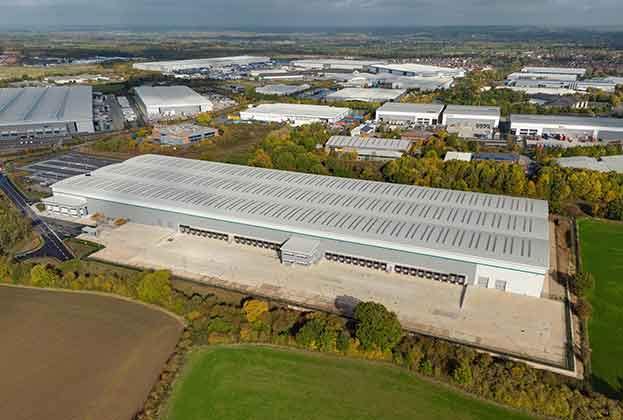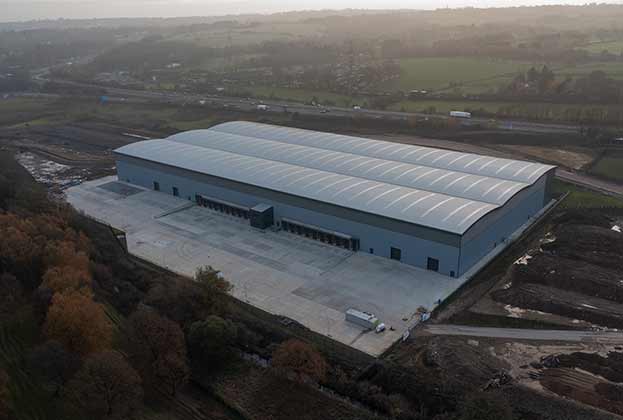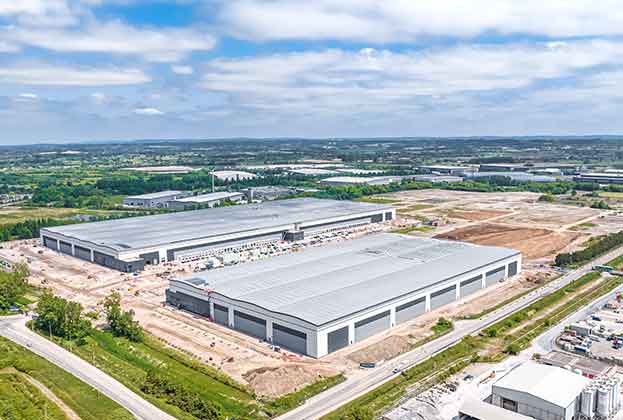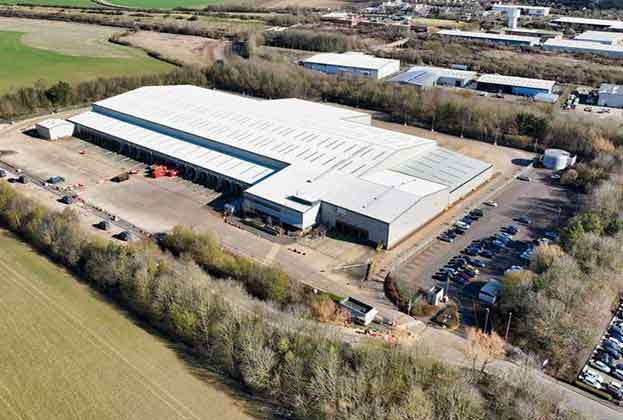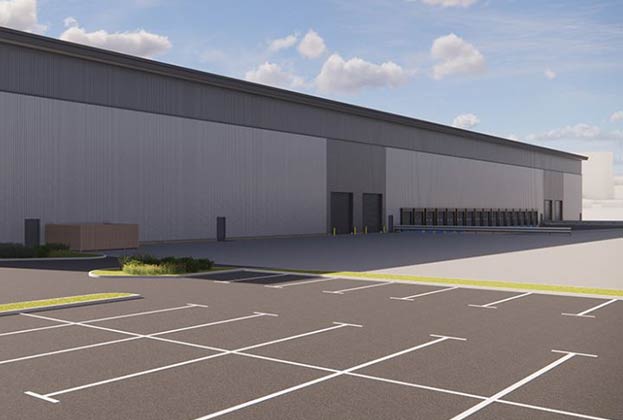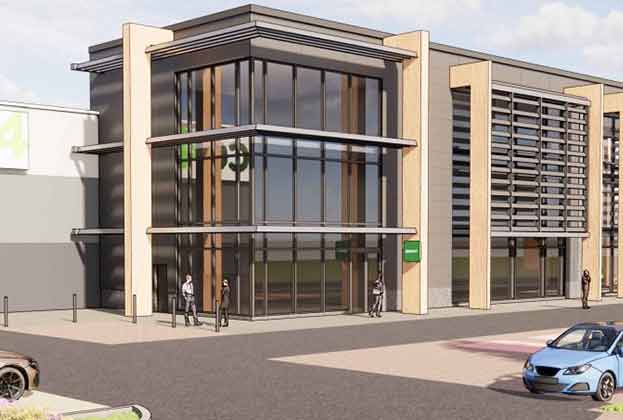Plenty of dry-powder waiting in the wings
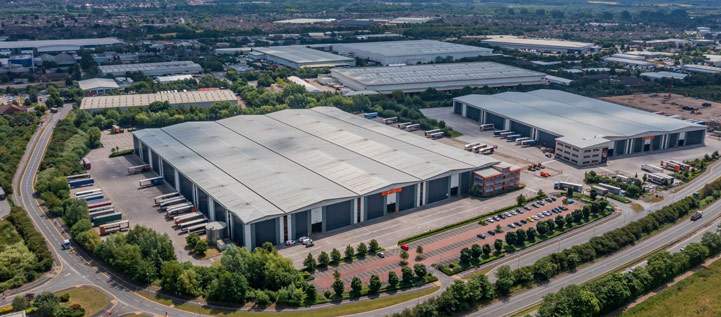
Unit A Centrum West Logistics Park, where Savills advised on the purchase at c.£40m
Investment volumes remain muted as economic uncertainty continues to keep buyer and seller pricing aspirations apart. However, with significant amounts of dry powder targeting the sector and an increasingly realistic approach from vendors, we do expect some bounceback during the second half of the year
Tom Scott, Director, UK Investment
As 2023 has progressed, sentiment in the market has ebbed and flowed as economic data, particularly around inflation and base rates, has flattered to deceive. With further outward movements in the base rate expected, the uncertainty in the market is not expected to dissipate as quickly as many hoped.
Investment volumes for the first half of 2023 have reached £0.99bn, which is a 79% decline from the record volumes achieved in H1 2022. Due to the record high investment volumes set in 2022, the volume declines observed in the logistics sector have also been more pronounced than the overall commercial sector, where volumes have declined by 47%, although it should be noted that for the logistics sector, H1 remains 5% above the pre-Covid H1 average.
With 60% of transactions coming in Q1 and economic data surprising on the upside, prime yields moved inwards to 4.75% in March, with further downward pressure expected. However, in a sign of how quickly sentiment is changing, our prime yield has recently shifted outwards to 5%, with further outward movement expected unless the Bank of England can control inflation in the relatively short term.
So where does the market go from here? Data from Realfin shows that equity raising has increased by 92% since 2019, with an estimated US$811bn in dry powder sitting in the accounts of unlisted funds globally. This, combined with asset allocators still favouring real estate above other asset classes, implies that capital is there to be invested but the market currently lacks willing and motivated sellers. Indeed a recent survey conducted by Savills valuation suggests a clear divergence of opinion on future pricing, with the spread of responses from investors ranging from a fall in values by 15% to a rise in values by 15%. With such a spread of opinion, it is no surprise that price discovery in the market remains elusive.
However, as referenced earlier in this report, the speculative pipeline continues to decrease, meaning recent supply rises will start to taper into 2024. Occupier requirements are also rising which means, assuming deals subsequently occur, supply will start to erode. This, in turn, will create pockets of undersupply where rental outperformance is more likely to be achieved.
As the year progresses, we expect vendor and seller aspirations will become more aligned as funds continue to deal with redemptions and forthcoming refinancing starts to bring stock out to the market. This should mean that volume levels start to increase, but not at the pace anticipated at the start of the year.
Read the articles within Big Shed Briefing below.
.jpg)
